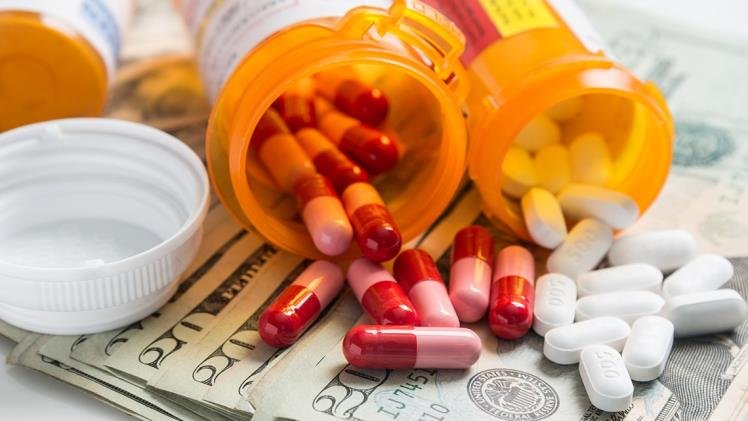In an era where rising prescription drug prices burden Americans, finding ways to cut costs has become essential. The Organisation for Economic Co-operation and Development reports that the United States’ per capita pharmaceutical spending exceeded $1,400 in 2022, surpassing that of any peer nation. For approximately 30% of Americans, the financial strain is so great that they admit to skipping prescribed medications due to cost concerns, resorting instead to over-the-counter drugs or altering their prescribed dosage, according to a 2023 poll by the nonprofit health policy organization KFF.
Amid this challenging landscape, experts emphasize that patients can take proactive steps to reduce their prescription drug expenses, especially by exploring cost-effective alternatives, particularly for generic medications.
Shopping Around for Savings
Geoffrey Joyce, an associate professor at the University of Southern California’s department of pharmaceutical and health economics, notes that consumers can wield significant power in managing their prescription drug costs by becoming savvy shoppers. One effective strategy is to explore different pharmacies, especially when dealing with generic medications.
A 2018 report from Consumer Reports revealed substantial variations in the costs of a bundle of five generic drugs at various pharmacies. For instance, HealthWarehouse.com priced the bundle at $66, while the same medications cost over $900 at CVS. The report highlighted that online pharmacies, like HealthWarehouse.com, could offer lower prices by simplifying the distribution system and negotiating directly with manufacturers, thus eliminating additional charges to insurers and middlemen.
While these cost savings are particularly beneficial for the uninsured, even patients with insurance, especially those with high deductibles, may find better deals by shopping around. A 2023 study published in the Annals of Internal Medicine discovered that discount card programs at online pharmacies, such as Amazon or GoodRx, offered lower prices for at least 20% of commonly prescribed generic medications compared to out-of-pocket payments through traditional insurance plans.
Downsides to Alternative Pharmacies
While alternative pharmacies present cost-saving opportunities, there are potential downsides that patients should consider. Some online pharmacies may require membership fees, potentially offsetting savings, and the prescription fulfillment process may take longer compared to brick-and-mortar pharmacies. Additionally, there might be shipping fees, particularly for expedited deliveries.
Patients insured under traditional plans should be aware that purchases from online pharmacies might not count toward their deductible unless they submit a claim, an extra step that many may find inconvenient.
Furthermore, online pharmacies typically offer a limited range of prescriptions, mostly generics. Patients relying on branded medications may find it challenging to identify cheaper alternatives, as many online pharmacies specialize in lower-cost generics.
Other Cost-Reduction Tips
Besides exploring alternative pharmacies, patients can consider the following tips to lower prescription drug costs:
- Discuss Alternative Treatments with Your Doctor: Engage with your healthcare provider to explore alternative treatments or generic options that may be more cost-effective.
- Utilize Coupons: Look for coupons from pharmacies, drug manufacturers, and platforms like GoodRx to access additional discounts.
- Check In-Network Pharmacies: Ensure that your chosen pharmacy is in-network to prevent unexpected costs unrelated to the drug itself.
- Consider Generic Options: Whenever possible, opt for generic versions of medications, which tend to be more affordable.
By implementing these strategies, patients can become empowered consumers, actively managing their prescription drug costs in a challenging healthcare landscape.
